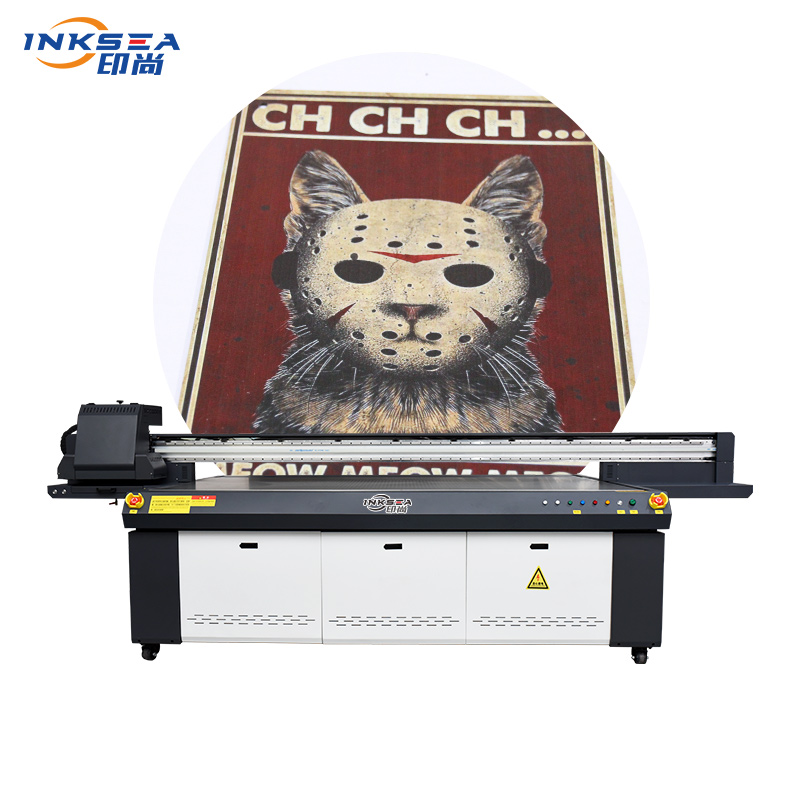Mastering the Spectrum: Color Management in Printing Machinery
2023-11-29
Introduction:
In the world of printing, where vibrant colors bring designs to life, achieving precise and consistent color reproduction is a complex and essential task. Color management in printing machinery is a delicate dance that involves meticulous calibration, precise control, and cutting-edge technologies. In this blog, we'll delve into the intricacies of how color management is handled in printing machinery, ensuring that what is envisioned on a screen is faithfully reproduced on the printed page.
1. Understanding Color Spaces:
- Color management begins with a clear understanding of color spaces. Printing machinery operates in various color spaces such as RGB (Red, Green, Blue) for digital displays and CMYK (Cyan, Magenta, Yellow, Black) for print. Conversion between these color spaces is a fundamental aspect of achieving accurate color reproduction.
2. Device Calibration:
- Each component of a printing system, from monitors to printers, undergoes calibration to ensure consistency in color reproduction. This involves adjusting the color output of the devices to a standardized reference, minimizing variations and discrepancies.
3. Profiling:
- Profiling involves creating specific color profiles for each device within the printing workflow. These profiles define how each device interprets and reproduces colors. ICC (International Color Consortium) profiles are commonly used for this purpose, ensuring cross-device compatibility.
4. Color Matching Software:
- Advanced color matching software plays a pivotal role in color management. These tools analyze color data, apply corrections, and generate profiles to ensure that the colors intended by the designer are faithfully reproduced during the printing process.
5. Spectral Color Measurement:
- Some modern printing machinery employs spectral color measurement devices to capture detailed information about the color properties of inks and substrates. This data is used to create precise color profiles, enhancing accuracy in color reproduction.
6. Spot Color Matching:
- In addition to process colors (CMYK), printing often involves spot colors, which are pre-mixed inks designed for specific shades. Color management systems carefully control the application of spot colors, ensuring that they match the intended specifications.
7. Color Correction and Adjustment:
- Color correction tools are employed to fine-tune and adjust colors during the prepress stage. This involves adjusting color balance, contrast, and saturation to achieve the desired appearance in the final print.
8. Proofing Systems:
- Proofing systems provide a visual representation of how the printed output will look before the actual printing begins. This allows for evaluation and adjustments to be made, ensuring that the final print meets the desired color expectations.
9. Print Quality Control:
- During the printing process, automated quality control systems monitor color consistency and detect deviations. These systems can make real-time adjustments to ensure that every print maintains the desired color accuracy.
10. Iterative Color Management:
- Color management is an iterative process. As printing conditions change, periodic recalibration and profiling are necessary to adapt to variations in inks, substrates, and environmental factors.
Conclusion:
Color management in printing machinery is a symphony of technology, precision, and expertise. From the initial design concept to the final printed output, a meticulous approach ensures that colors are faithfully reproduced, meeting the expectations of designers and clients alike. As printing technology continues to advance, color management systems evolve, pushing the boundaries of what is achievable and ensuring that the spectrum of colors remains a vibrant and accurate canvas in the world of print.



